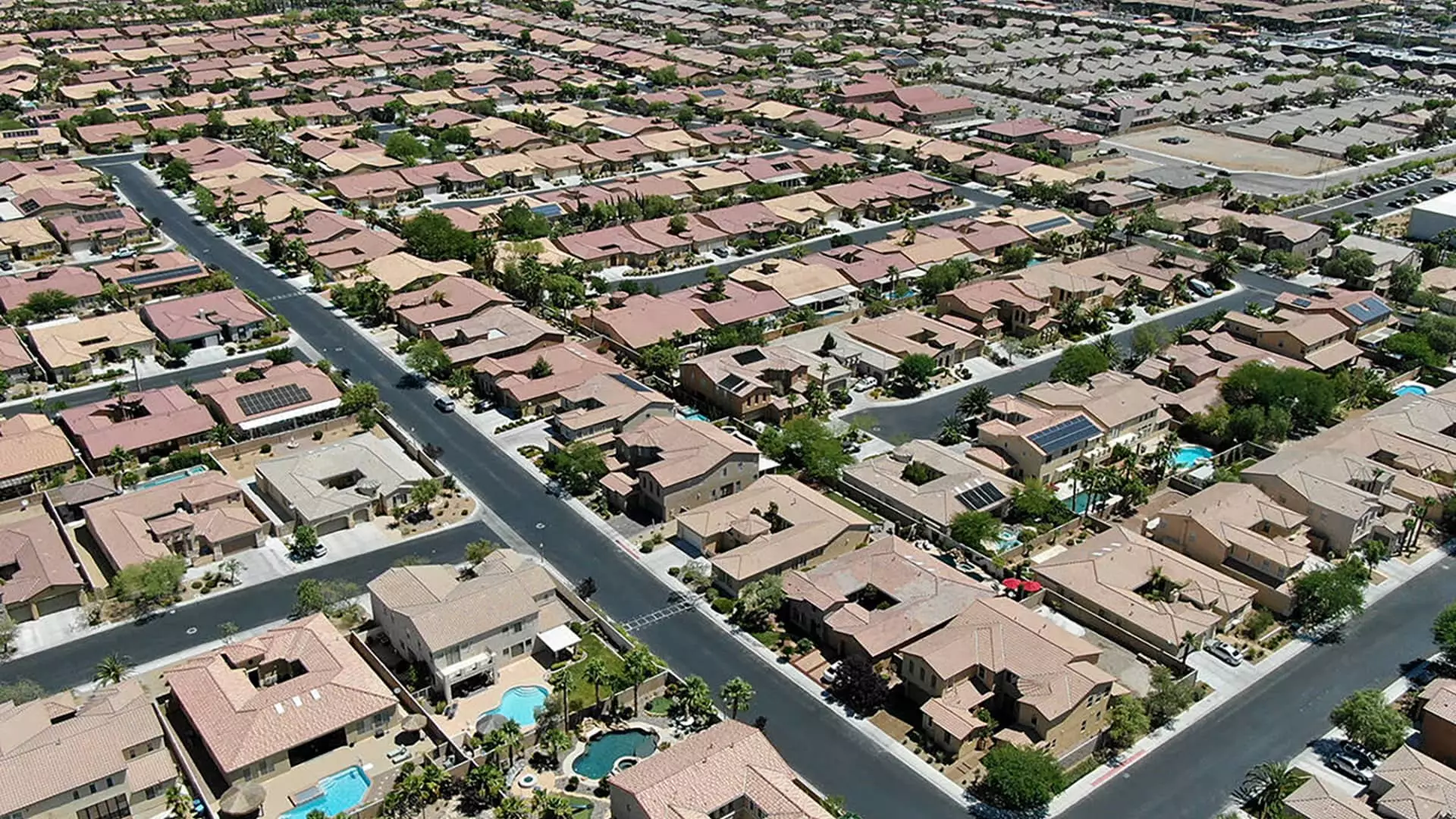In a noteworthy development for the real estate sector, the National Association of Realtors (NAR) reported a 4.8% increase in sales of previously owned homes in November compared to the previous month. This uptick brings the annualized pace of home sales to 4.15 million units, marking the third-highest level this year and reflecting a solid 6.1% increase from November of the previous year. This data, which primarily derives from completed transactions, suggests that many of the purchases were likely initiated in the preceding months as potential buyers signed contracts in September and October.
The mortgage landscape has been quite volatile, with rates hitting an 18-month low in September before abruptly rising in October. Lawrence Yun, the chief economist for the NAR, noted, “Home sales momentum is building.” This sentiment is crucial as the job market strengthens, which provides consumers with additional confidence and financial capability to invest in homes. Additionally, the increasing inventory suggests a shift towards a more favorable environment for buyers, particularly as they acclimate to the reality of mortgage rates stabilizing between 6% and 7%.
Inventory Dynamics
An essential factor influencing the housing market is the level of available inventory. By the end of October, the stock of homes for sale reached 1.33 million units, reflecting a remarkable 17.7% increase from the previous year. At the current pace of sales, this equates to a 3.8-month supply of homes, indicating a tight market. Traditionally, a balanced market is characterized by a 6-month supply, highlighting the ongoing pressure on prices coupled with short supply. The median home price in November rose to $406,100, a 4.7% increase year-over-year, which signifies an accelerating trend as price growth had only hovered around 4% in October.
Diving deeper into market segmentation, the most significant sales growth is seen in the upper-end of the market. Homes priced above $1 million experienced a remarkable 24.5% increase in sales from the previous November, while those under $100,000 have faced a steep decline of 24.1%. At the same time, first-time homebuyers have regained some presence in the market, accounting for 30% of total sales in November, a rise from 27% in October, although still slightly lower than a year earlier. Cash transactions remain prevalent, constituting 25% of sales, underscoring the strong position of investors in this market.
Future Market Outlook
As we head into the winter months, recent trends indicate that mortgage rates are climbing again, with the 30-year fixed rate surging by 21 basis points. This resurgence follows the Federal Reserve’s latest meeting, contributing to waning expectations of rate cuts in the upcoming year. These fluctuations and uncertainties beg the question whether investors are reassessing the viability of home prices at their current levels. As the rental market stabilizes, potential home buyers may find growing opportunities, reaffirming the dynamic nature of the housing sector as it adapts to economic conditions.
While November has brought promising trends in home sales, the evolving mortgage landscape, consumer sentiment, and inventory levels remain crucial factors to monitor as we navigate the uncertainties ahead in the real estate market.

